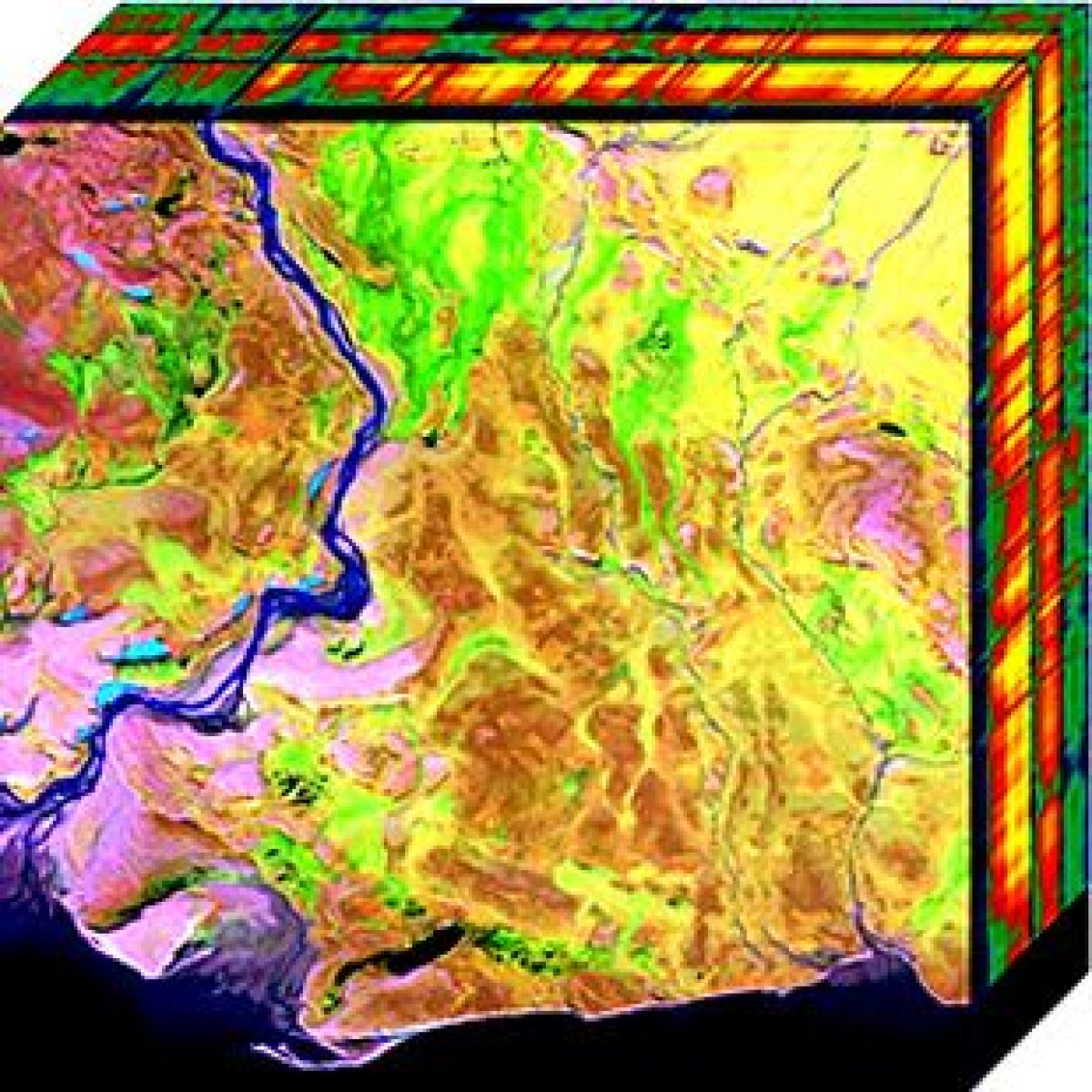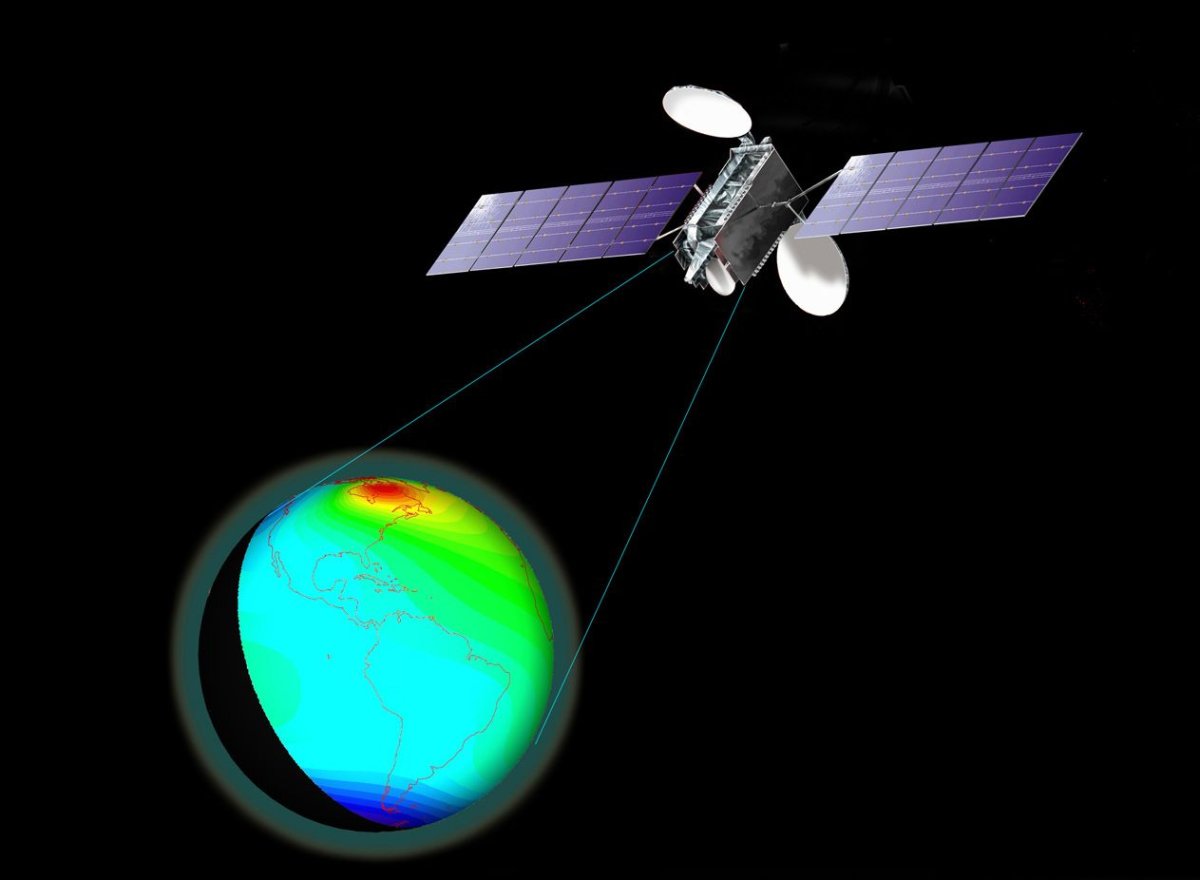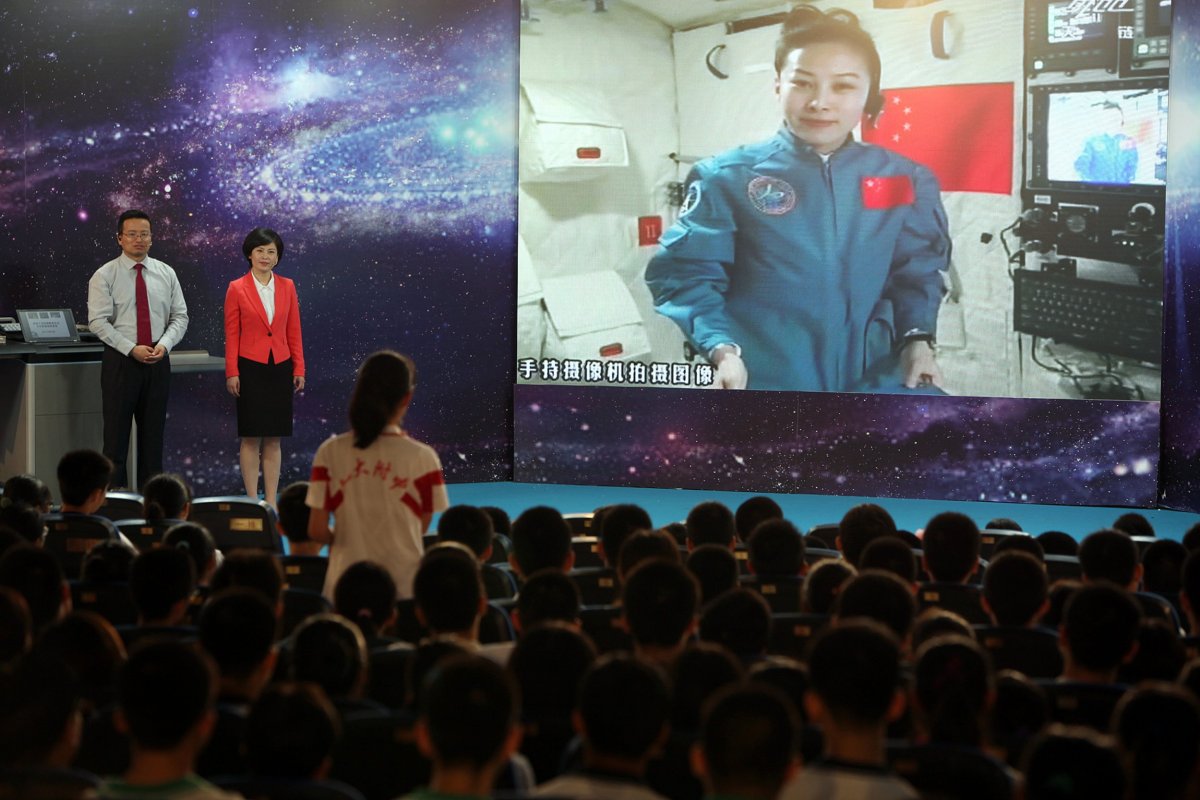You may have heard that an uncontrolled space station is set to collide with Earth in the next few days. China's Tiangong-1 space station, launched back in 2011, is set to re-enter Earth's atmosphere soon in an almost-definitely safe and potentially spectacular blaze.
My latest #reentry estimates for #Tiangong1, based on 2 methods:
— Dr Marco Langbroek (@Marco_Langbroek) March 27, 2018
SatAna/SatEvo: 1.3 April +- 1.2 days
GMAT: 1.6 April +- 1.3 days
Last elset incorporated: 86.4738
Perigee now below 195 km, dropping by some 5+ km/day@SSC_NL @cosmos4u @Itzalpean @drspacejunk @planet4589 pic.twitter.com/1NzC7P6i17
The space laboratory was sent into orbit around Earth as part of China's Tiangong ("Heavenly Palace") program, which should eventually send up a much larger modular station.
Originally set to deorbit in 2013, Tiangong-1's lifespan was extended by two years before its comms went silent. While operational, however, the lab sent back a host of valuable data, investigating Earth itself and the atmosphere above. Below, its most important contributions.

Detailed Earth Observations
Earth observation was one of Tiangong-1's main functions. Its hyperspectral imager collected data from across the electromagnetic spectrum, producing highly accurate pictures of towns and cities below with a much finer spatial resolution than older satellites.
Tiangong-1's data, China's Manned Space Engineering office reported, could be used for mineral resource investigation, hydrological and ecological environmental monitoring, urban thermal environment monitoring, land use and emergency disaster control.

In fact, the CSME credited the space lab with providing "timely hyperspectral observation data" during natural disasters including floods in the eastern Chinese city of Yuyao and wildfires in Australia in 2013.
Probing the Ionosphere
As well as keeping an eye on Earth itself, Tiangong-1 was equipped with devices to probe the boundary of Earth's atmosphere and space, the ionosphere, the Earth Observation Portal reports. Particles in this upper bracket of the atmosphere are charged by the radiation from the sun.
Read more: Here's why Chinese satellite Tiangong-1 is falling uncontrollably, and why Earth's atmosphere can't stop it
Tiangong-1's instruments, eoPortal reports, could detect and analyze these charged particles, and measure disturbances in the ionosphere.

Hard-to-measure changes in this part of the atmosphere can affect our daily life on Earth, messing up cell phones and GPS systems. NASA is so concerned about the combination of space weather, Earth weather and our planet's magnetic field in this region that it sent the sophisticated GOLD satellite to study it earlier this year.
As well as tools to probe the atmosphere, Tiangong-1 carried the ingredients for crystal growth experiments—images and videos of which could be beamed to Earth.
Engineering Accomplishments
As well as scientific experiments, Tiangong-1 was key for China's modular space station ambitions. It saw the docking of three Shenzhou spacecraft from 2011 to 2013.
The November 2011 Shenzhou 8 mission saw its spacecraft dock twice with the orbiting lab. The unmanned craft docked Tiangong-1 automatically.
Read more: Tiangong-1: Radar images of uncontrolled Chinese space station that will crash into Earth's atmosphere on Easter weekend
In June 2012, China sent its Shenzhou 9 mission to Tiangong-1, carrying a Chinese woman into space for the first time. Liu Yang accompanied crew members Jing Haipeng and Liu Wang. Their spacecraft docked with the space lab twice—once via ground-based remote control and once manually.
Liu Yang was tasked with improving crew workflow and performing medical experiments alongside her other astronaut duties, according to an Asian Scientist profile.

Less than a year later, China sent its second and last manned mission to Tiangong-1. The Shenzhou 10 crew docked just once and stayed fastened to the space station for 12 days.
The mission famously saw an in-space science lesson. Astronaut Wang Yaping gave a physics class from space, teaching some 60 million Chinese students about the behavior of pendulums, gyros and water in space.
After Tiangong-1, China's space station torch passed to Tiangong-2. Launched in 2016, this lab is designed to serve as a testing ground for tech that will be used on the Chinese large modular space station. Its main core module, Tianhe-1, is reportedly due to launch in 2019.
Uncommon Knowledge
Newsweek is committed to challenging conventional wisdom and finding connections in the search for common ground.
Newsweek is committed to challenging conventional wisdom and finding connections in the search for common ground.
About the writer
Katherine Hignett is a reporter based in London. She currently covers current affairs, health and science. Prior to joining Newsweek ... Read more
To read how Newsweek uses AI as a newsroom tool, Click here.








